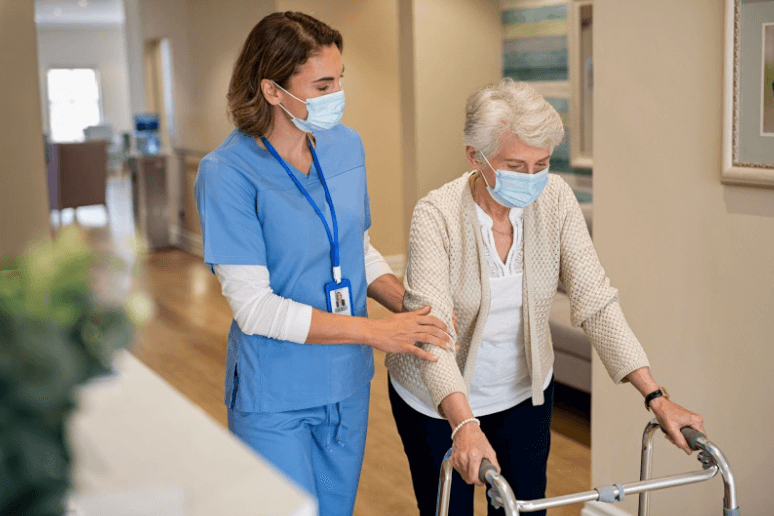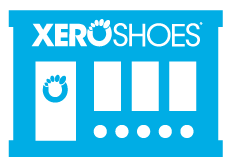Barefoot Shoes for Nurses – Xero Shoes
Are Barefoot Shoes The Best Shoes For Nurses?
3 Reasons To Trying Going Minimal
As a nurse, you understand the importance of wearing good shoes for the well-being of your feet and legs. You’re on your feet for long hours, moving from patient to patient, and the last thing you want is to end up with sore feet at the end of the day.
But what if we told you that your feet could feel more comfortable at the end of the day by getting as close to barefoot as possible and wearing minimalist shoes?
Don’t just take our word for it. Here’s what some nurses have to say about their experience with barefoot shoes:
“I am a 60 year old active nurse and have been on my feet my entire life. These are by far the most comfortable brand of shoes I have ever experienced. I will never go back to structured shoes.” – Nancy Clough
“I love the way these shoes feel. I am a nurse and walk quite a bit. I have not had any problems with my feet hurting after a 12 hour shift. The shoes have felt comfortable when working out as well.” – Sean Ancheta-Reinhardt
“I love these shoes. I use them as a nurse and I’m on my feet all day and I could not ask for anything more comfortable! Highly recommended” – Bryony Retter
In this blog post, we’ll discuss what healthcare workers need to know about barefoot shoes in order to have happy, healthy feet at work and home.
What Shoes Make Sense For Nurses?
Before we explore the benefits of barefoot shoes, let’s first take a look at what shoes make sense for nurses.
It is no secret that nurses often experience foot discomfort. As a nurse, you need to be able to move quickly and efficiently to care for your patients during long work days. You expect a lot out of your shoes, so you need shoes that:
- Offer comfort for your long shifts whether you are standing, walking, or running around
- Provide traction and stability. Shoes with good grip help to prevent slips and falls
- Some nurses want a breathable upper to keep your feet cool and dry, while others many want shoes that are protective of spills
- Are easy to clean and maintain, as healthcare settings can be messy
What’s Wrong with “Normal” Shoes?”
Before diving into the specific benefits of barefoot shoes for nurses, it’s worth considering why someone would choose to ditch traditional shoes in the first place. Traditional shoes:
- Have a narrow, pointed toe box that squeezes your toes together, which can lead to foot problems and balance issues
- Have excessive padding, which mutes the feedback the nerves in your feet send to your brain… which interferes with mobility
- Have stiff soles which limits your feet’s natural movement, again impacting balance and agility.
- Have a raised heel, which negatively affects your posture, putting strain on your ankles, knees, hips, and back
- Weaken the feet over time and lead to a reliance on external support, rather than allowing the feet to strengthen and become their own support system
- Are heavier, which will weigh you down over the course of a day
What Nurses Should Know About Barefoot Shoes
Barefoot shoes address all of those issues.This type of shoe design:
- Has a wider, foot-shaped toe box to allow your toes to spread naturally
- Is low to the ground for balance, mobility, and agility
- Has a non-elevated heel (“zero-drop”), so it doesn’t mess with your posture
- Is flexible and allows for natural movement
- Allows your feet to strengthen and become their own support
- Is so lightweight, many wearers forget to take them off at the end of the day, and often forget they’re even on!
3 Benefits of Barefoot Shoes for Nurses
They are “Zero-Drop”
Traditional shoes often have a significant difference in height between the heel and the toe, known as the “heel-to-toe drop.” This drop can be as much as 12 millimeters or more for traditional shoes, which can put strain on your ankles, knees, hips and back. We know high heels do this, but even shoes with a small drop can do the same thing.
Barefoot shoes, on the other hand, have a uniform sole height without any variation between the heel and the toe, also known as “zero-drop”. These shoes are designed to allow for a more natural posture and gait, promoting better alignment and balance in the body.
Your Feet Become Their Own Support
Typical shoes have soles that don’t allow your feet to move or toes to spread. Wearing typical shoes like wearing a cast on your foot,restricting your foot’s natural movement, reducing joint mobility, and causing the muscles to weaken the longer you wear them. Research by Katrina Protopapas showed that adding arch support in the shoes of healthy individuals reduced the muscle mass and strength in their feet by up to 17% in just 12 weeks. Imagine what happens over even more time.
In contrast, barefoot shoes don’t provide any external arch support, which might seem counterintuitive to those who believe they need it. However, the muscles and tendons in our feet are designed to support the arch naturally. Research by Dr. Sarah Ridge shows that merely walking in barefoot shoes built foot strength as much as doing a foot strengthening exercise program.
They Are Lightweight
Traditional shoes can be heavy and cumbersome, especially for healthcare workers who spend long hours on their feet. Barefoot shoes are lightweight, which makes them an ideal option for nurses and other healthcare workers. This design allows you to be lighter on your feet instead of wasting energy dragging your shoes from patient to patient. They are so lightweight that some people even forget they are wearing them! You may even forget to take them off!
Barefoot Shoes Vs. Minimalist Shoes for Nurses
Nurses may have heard the terms barefoot shoes and minimalist shoes used interchangeably, but they are not the same thing. Here’s a quick breakdown of the differences between the two:
Barefoot shoes are the closest thing to being barefoot, allowing your feet to move and flex naturally.
Minimalist shoes are meant to be lighter, more flexible, and have somewhat less cushioning and heel lift than a typical shoe.
However, many companies claiming to sell minimalist shoes actually sell “partial minimalist shoes”, which can be worse for your feet than both “barefoot” and “typical” shoes. According to this study by Irene Davis, “runners in partial minimal shoes sustained more injuries than those running in true minimal or traditional shoes.” They are typically too narrow and have too much lift and cushioning, meaning you can’t get the feedback you need to walk naturally.
At Xero Shoes, we provide truly minimalist shoes that feature a wide toe box, no unnecessary cushioning, and an extremely flexible sole that lets you safely feel the ground while offering a layer of protection.
Xero Shoes for Nurses
For nurses who are looking for a good pair of barefoot shoes, try our slip resistant Prio model. The Prio is a minimalist shoe that still offers a removable 2mm insole which you can keep in while you adjust the barefoot feeling, or remove if you want a “closest-to-barefoot” experience. It is lightweight, flexible, and durable and, like all Xero Shoes, comes with a 5,000 mile sole warranty, making it the perfect choice for healthcare workers who need to be on their feet for long hours.
That said, we have many nurses who wear many of our styles as well. Browse all the shoes from Xero Shoes.
The information in this post does not take the place of medical advice. Only your doctor can provide advice, diagnosis, and treatment. Always consult a qualified health provider, such as a physical therapist, if you have questions about your health.







